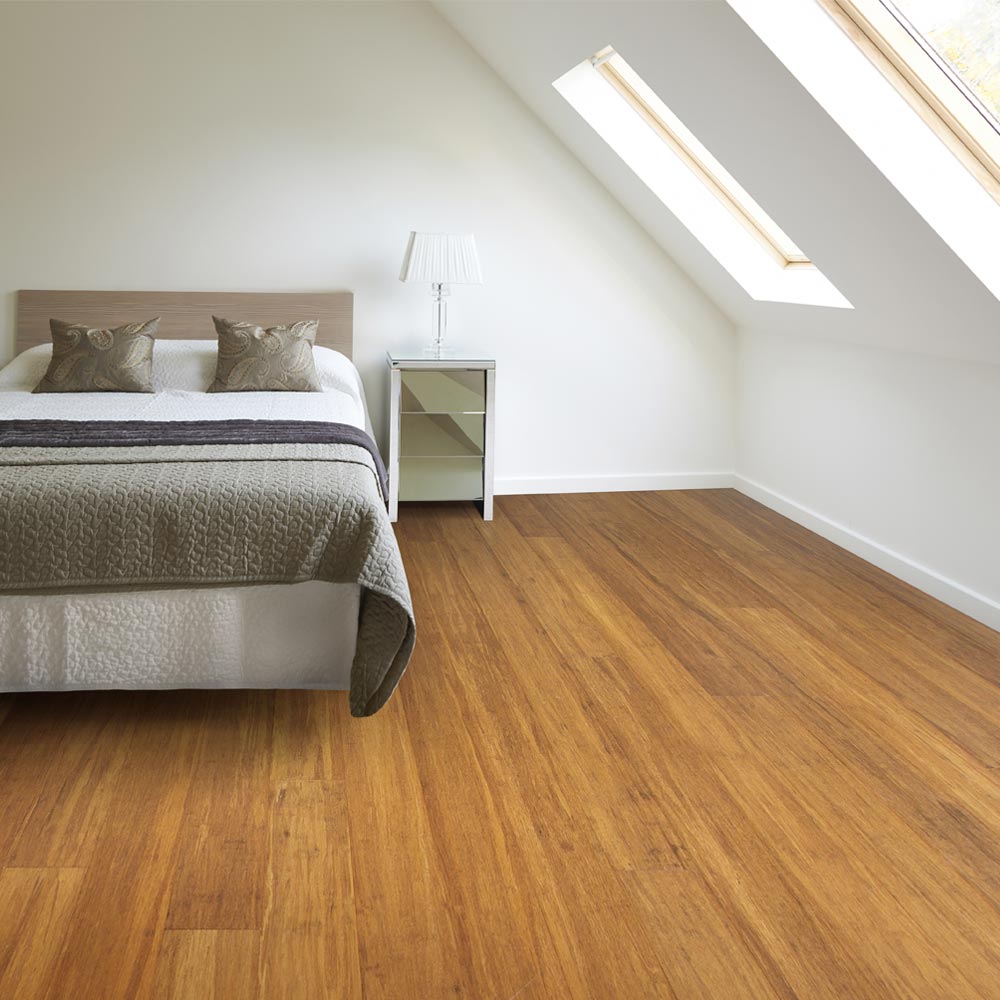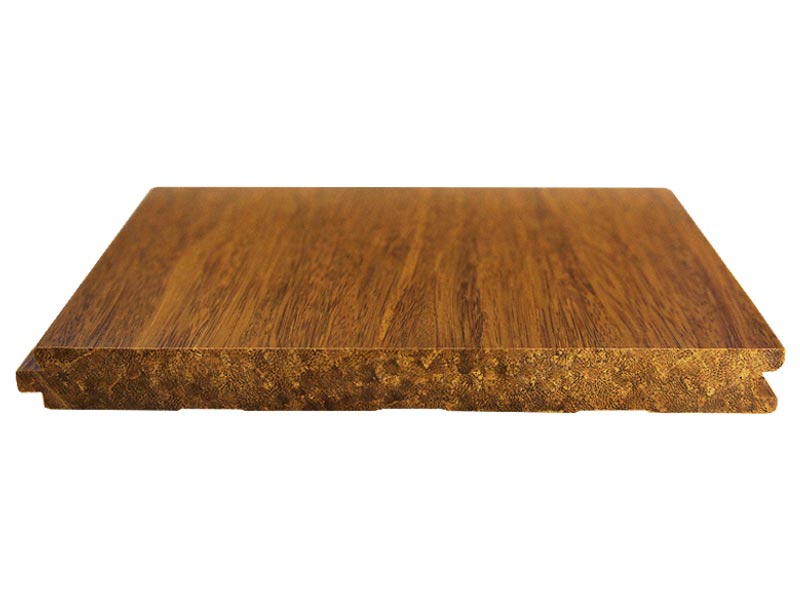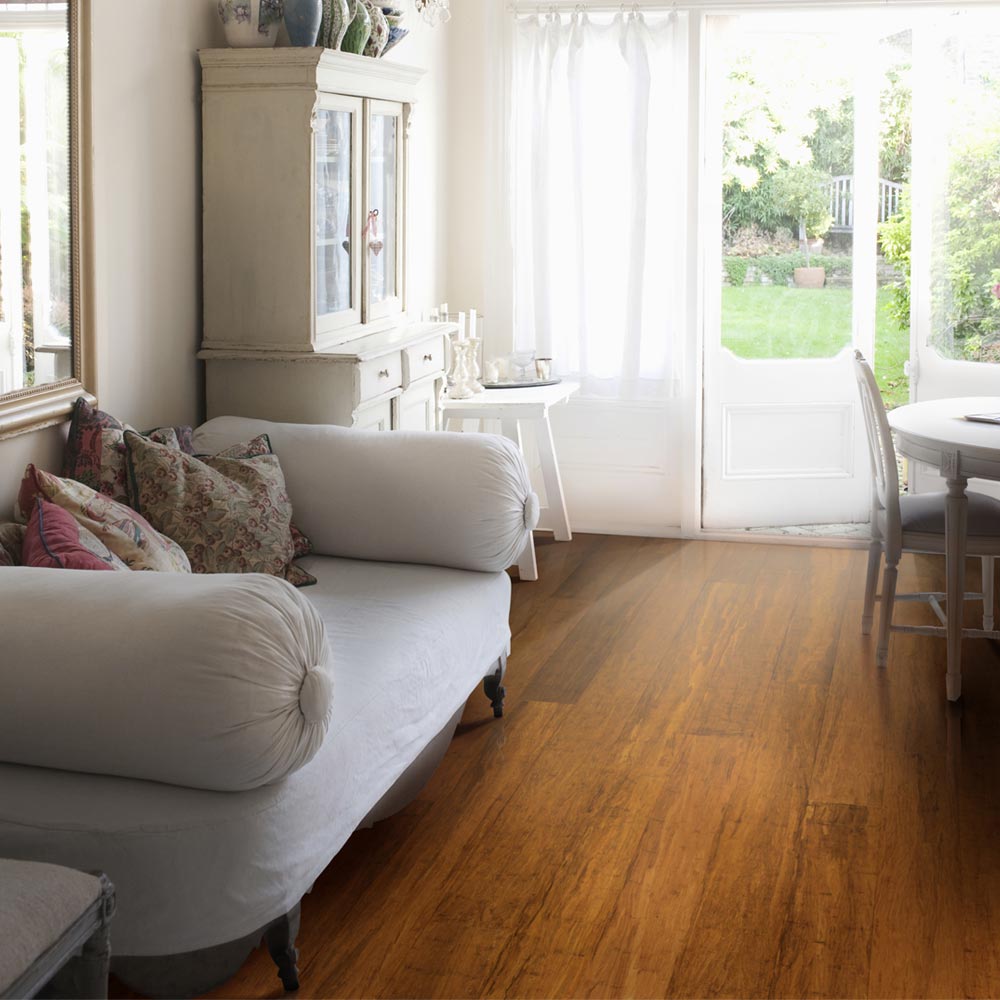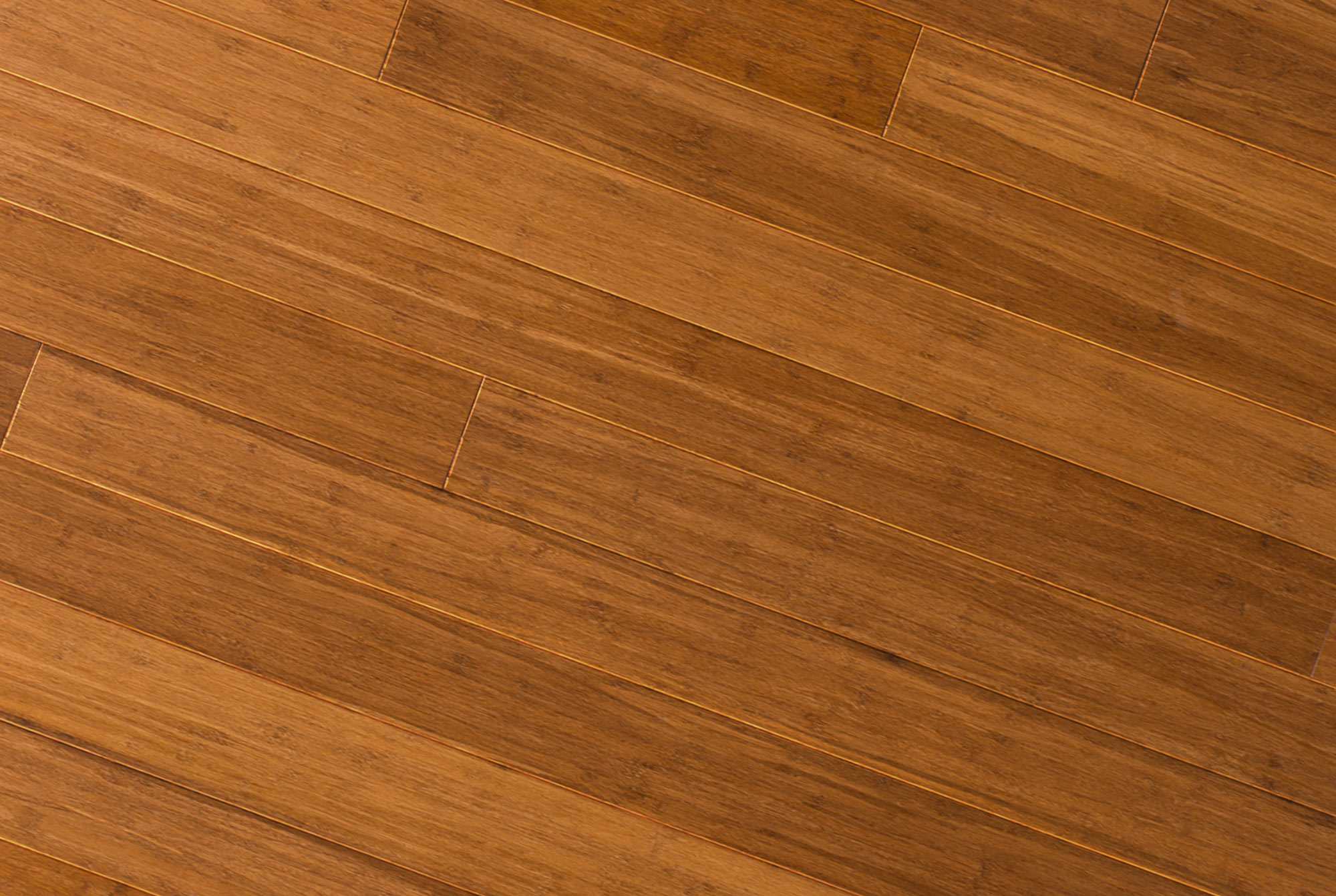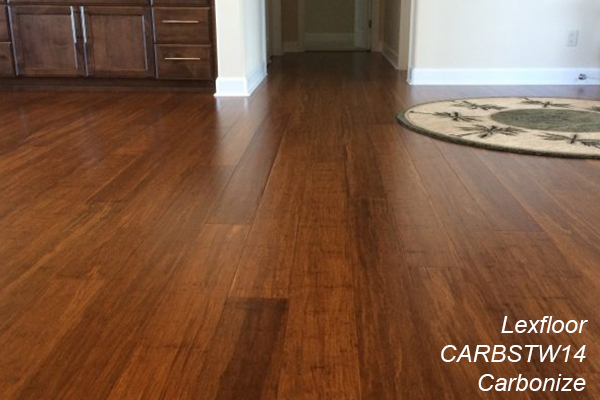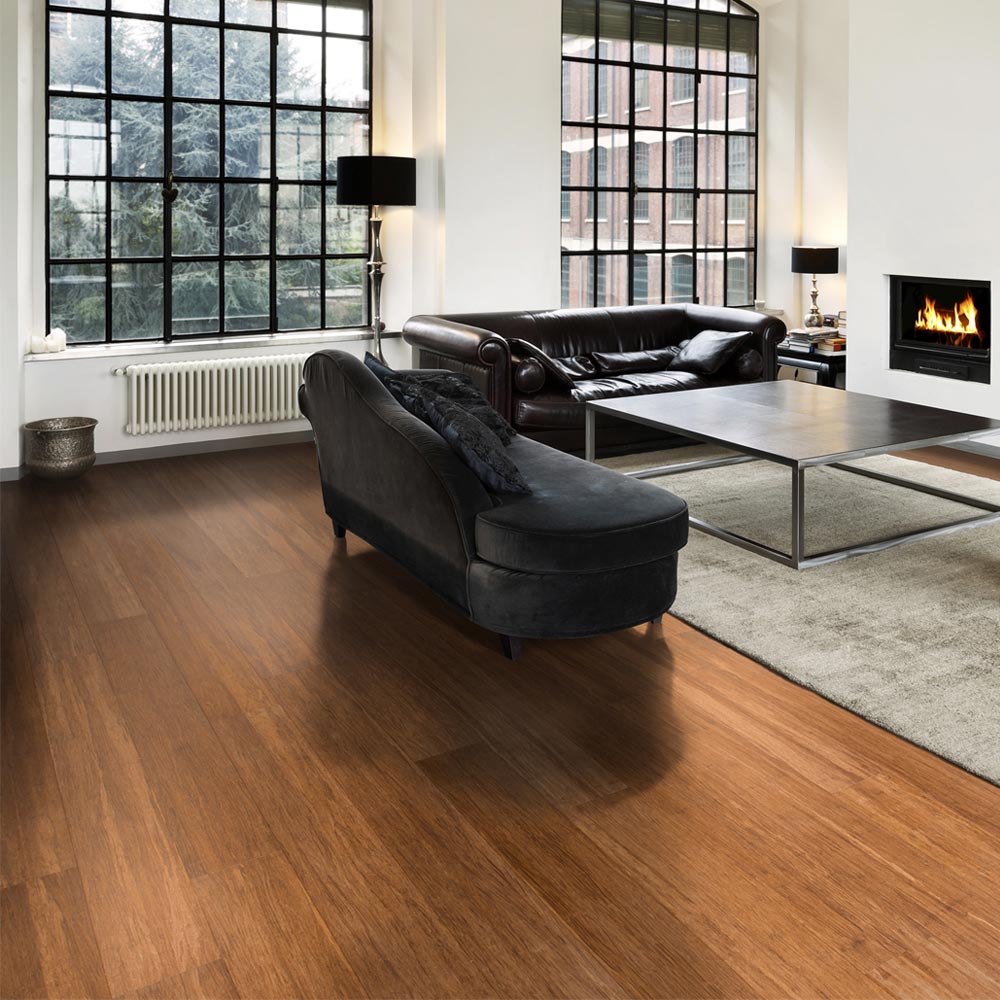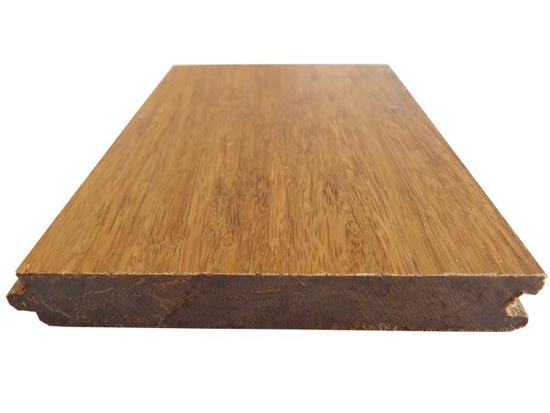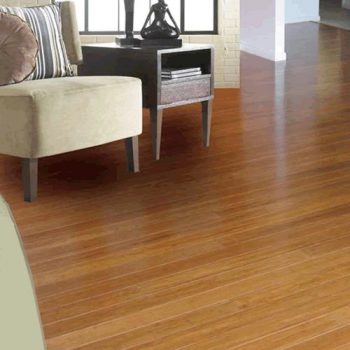Introduction to Carbonized Strand Woven Bamboo Flooring
Bamboo flooring has gained popularity in recent years due to its sustainability and durability. One particular type of bamboo flooring that stands out is carbonized strand woven bamboo flooring. This unique flooring option offers a distinct appearance and several benefits. Let’s explore the characteristics and features of carbonized strand woven bamboo flooring.
- Carbonized Strand Woven Bamboo Flooring: A Brief Overview Carbonized strand woven bamboo flooring is made from bamboo stalks that are first cut into thin strips. These strips are then woven together and compressed under high pressure to form solid boards. The carbonization process involves heating the bamboo strips to bring out a darker color, giving the flooring a warm and rich appearance.
- Unique Aesthetics and Versatility: One of the main reasons why carbonized strand woven bamboo flooring is popular is its unique appearance. The carbonization process gives the bamboo a caramel-like color, creating a warm and inviting ambiance in any space. This flooring option complements a variety of interior design styles, from modern to rustic. It adds a touch of elegance and sophistication to any room.
- Durability and Strength: Carbonized strand woven bamboo flooring is known for its exceptional durability and strength. The weaving and compressing process results in a solid and dense material that is resistant to dents and scratches. It can withstand heavy foot traffic, making it an ideal choice for high-traffic areas such as living rooms, hallways, and kitchens. Additionally, its strength allows for easy installation and reduces the risk of warping or cupping.
- Environmental Sustainability: One of the key advantages of carbonized strand woven bamboo flooring is its eco-friendly nature. Bamboo is a fast-growing plant that reaches maturity within 3-5 years, as opposed to traditional hardwoods that take decades to grow. Harvesting bamboo for flooring does not contribute to deforestation, making it a sustainable choice. Furthermore, bamboo absorbs more carbon dioxide and produces more oxygen than other trees, making it a carbon-negative material.
- Maintenance and Care: Maintaining carbonized strand woven bamboo flooring is relatively easy. Regular sweeping or vacuuming will help remove dust and dirt particles. It is important to avoid excessive moisture, as bamboo is susceptible to water damage. Spills should be wiped up immediately to prevent staining or warping. Additionally, using furniture pads and avoiding high heels can help prevent scratches on the surface.
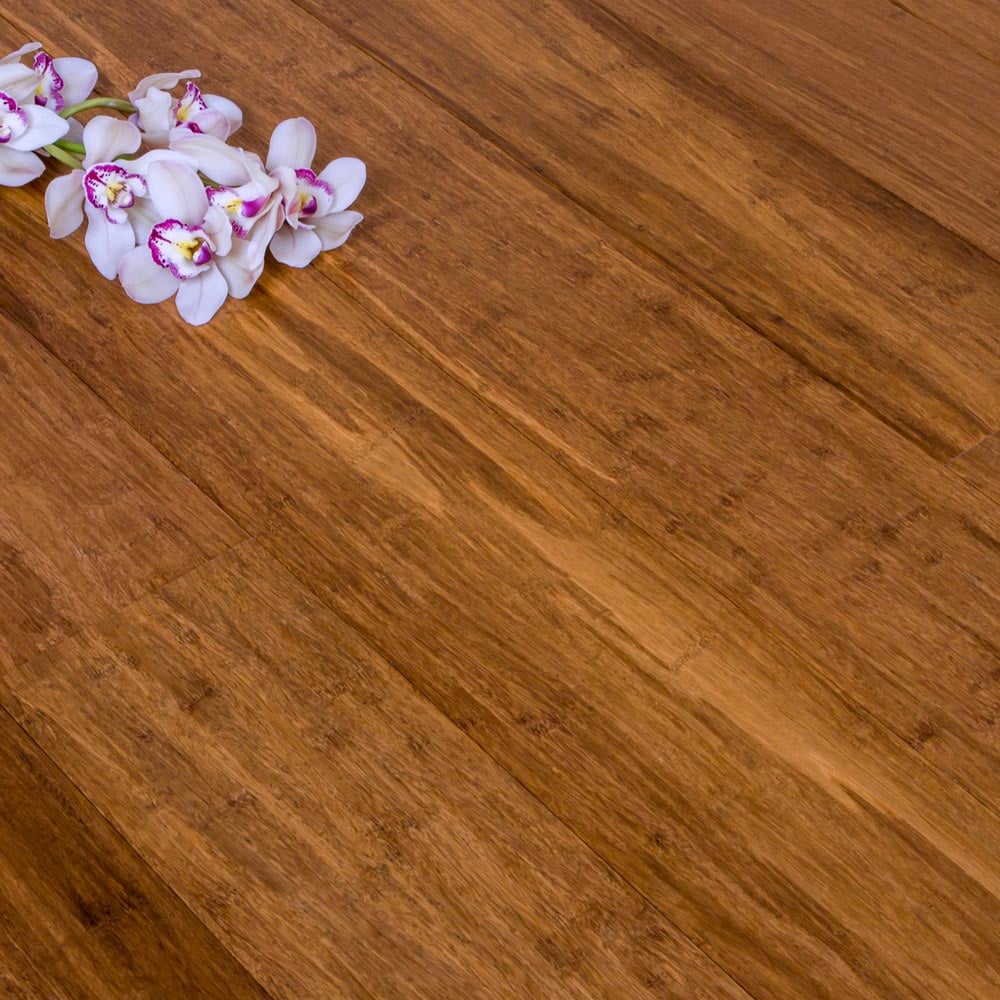
The Manufacturing Process of Carbonized Strand Woven Bamboo Flooring
The manufacturing process of carbonized strand woven bamboo flooring involves several intricate steps that transform bamboo stalks into durable and aesthetically pleasing flooring. Let’s talk about the manufacturing process, highlighting the key stages involved in creating carbonized strand woven bamboo flooring.
- Harvesting and Preparing the Bamboo: The first step in the manufacturing process is harvesting bamboo stalks. Bamboo is typically harvested when it reaches its peak growth, which is usually around 3-5 years. Once harvested, the bamboo stalks are carefully cleaned, removing any dirt or impurities. They are then cut into thin strips, which will later be used to create the flooring boards.
- Strand Weaving: After the bamboo strips have been prepared, they are woven together to form a solid surface. This process involves interlacing the strips at right angles, creating a strong and stable structure. The weaving process is crucial in ensuring the durability and strength of the final product.
- Compression and Carbonization: Once the weaving process is complete, the bamboo strips are compressed under high pressure. This compression helps to bind the strips together, creating a dense and solid material. Following compression, the bamboo is subjected to a carbonization process. This involves heating the bamboo strips to a specific temperature, which results in a darker coloration. The carbonization process gives the bamboo flooring its characteristic warm and rich appearance.
- Finishing and Quality Control: After the carbonization process, the bamboo flooring goes through a series of finishing steps. These steps include sanding, sealing, and applying a protective finish. Sanding helps to smooth the surface and remove any imperfections. Sealing the flooring protects it from moisture and enhances its durability. Finally, a protective finish is applied to provide an extra layer of protection against scratches and wear.
- Quality: control is an essential aspect of the manufacturing process. Once the flooring boards have gone through all the necessary steps, they are carefully inspected for any defects or inconsistencies. This ensures that only high-quality products are delivered to customers.
Benefits and Advantages of Carbonized Strand Woven Bamboo Flooring
Carbonized strand woven bamboo flooring offers a range of benefits and advantages that make it a popular choice among homeowners and designers. Here are several advantages of choosing carbonized strand woven bamboo flooring for your space.
Unique Aesthetics: Carbonized strand woven bamboo flooring adds a touch of elegance and warmth to any room. The carbonization process gives the bamboo a beautiful caramel-like color, creating a unique and inviting ambiance. Its distinctive appearance complements a variety of interior design styles, from contemporary to traditional.
Durability and Strength: Carbonized strand woven bamboo flooring is known for its exceptional durability and strength. The weaving and compressing process results in a solid and dense material that can withstand heavy foot traffic. It is resistant to dents and scratches, making it ideal for high-traffic areas such as living rooms, kitchens, and hallways.
Environmental Sustainability: One of the key advantages of carbonized strand woven bamboo flooring is its eco-friendly nature. Bamboo is a renewable resource that grows rapidly, reaching maturity within a few years. Harvesting bamboo for flooring does not contribute to deforestation, making it a sustainable choice. Additionally, bamboo absorbs more carbon dioxide and produces more oxygen than other trees, making it a carbon-negative material.
Easy Maintenance: Carbonized strand woven bamboo flooring is relatively easy to maintain. Regular sweeping or vacuuming will help remove dust and dirt particles. It is important to avoid excessive moisture, as bamboo is susceptible to water damage. Spills should be wiped up immediately to prevent staining or warping. Additionally, using furniture pads and avoiding high heels can help prevent scratches on the surface.
Versatility: Carbonized strand woven bamboo flooring is versatile and can be installed in various areas of your home or commercial space. It can be used in bedrooms, living rooms, kitchens, and even bathrooms. Its warm and elegant appearance adds a touch of sophistication to any room.
Hypoallergenic: Bamboo flooring is naturally hypoallergenic, making it an excellent choice for individuals with allergies or respiratory sensitivities. Unlike carpet or other flooring materials that can trap dust, pollen, and other allergens, carbonized strand woven bamboo flooring provides a clean and allergy-friendly environment.
How to Install and Maintain Carbonized Strand Woven Bamboo Flooring
Installing and maintaining carbonized strand woven bamboo flooring requires careful attention to ensure its longevity and beauty. Let me guide you through the installation process and provide tips on how to properly maintain your carbonized strand woven bamboo flooring.
Installation Process
Before installing carbonized strand woven bamboo flooring, ensure that the subfloor is clean, dry, and level. Follow these steps for a successful installation:
- Acclimate the flooring: Allow the flooring to acclimate in the room where it will be installed for at least 48 hours, following the manufacturer’s instructions.
- Prepare the subfloor: Remove any existing flooring material and ensure that the subfloor is clean and level. Repair any cracks or imperfections.
- Lay the underlayment: Install a suitable underlayment to provide moisture protection and sound insulation.
- Install the flooring: Start in a corner of the room and lay the first row of flooring, leaving a 1/2-inch expansion gap along the walls. Use a pneumatic flooring nailer or adhesive to secure the flooring to the subfloor. Continue installing subsequent rows, ensuring they are properly aligned and staggered.
- Trim and finish: Trim the flooring to fit around doorways and other obstacles. Install baseboards or trim to cover the expansion gap along the walls.
Maintenance Tips
Proper maintenance is essential to preserve the beauty and longevity of your carbonized strand woven bamboo flooring. Follow these tips:
- Regular cleaning: Sweep or vacuum the flooring regularly to remove dust and dirt. Avoid using abrasive cleaners or excessive water, as bamboo is susceptible to water damage.
- Wipe up spills immediately: Accidental spills should be wiped up immediately to prevent staining or warping. Use a damp cloth or mop to clean up the spill and dry the area thoroughly.
- Avoid high heels and furniture scratches: Place protective pads under the legs of furniture to prevent scratches on the surface. Avoid walking on the flooring with high heels or shoes that may damage the surface.
- Use floor mats and rugs: Place floor mats or rugs at entryways to trap dirt and protect the flooring from excessive wear. Avoid rubber-backed mats, as they can cause discoloration on the bamboo surface.
- Refinishing: Over time, the protective finish on the flooring may wear off. Consider refinishing the flooring to restore its original shine and protect it from further damage. Consult a professional for refinishing options.
Environmental Sustainability of Carbonized Strand Woven Bamboo Flooring
Carbonized strand woven bamboo flooring is not only a visually appealing and durable flooring option but also an environmentally sustainable choice. Let’s discuss the environmental benefits and sustainability aspects of carbonized strand woven bamboo flooring.
Rapid Renewable Resource: Bamboo is one of the fastest-growing plants on the planet, with some species growing up to 1 meter per day. Unlike traditional hardwoods, which can take decades to mature, bamboo reaches maturity within 3-5 years. This rapid growth rate makes bamboo a highly renewable resource for flooring production.
Reduced Deforestation: Choosing carbonized strand woven bamboo flooring helps reduce deforestation. By opting for bamboo, we minimize the demand for traditional hardwoods, which often require the clearance of large areas of forests. Using bamboo as a flooring material contributes to the preservation of natural habitats and the protection of biodiversity.
Carbon Sequestration: Bamboo has a remarkable ability to absorb carbon dioxide from the atmosphere. It is estimated that bamboo can absorb up to four times more carbon dioxide than other trees. This makes bamboo a carbon-negative material, meaning it helps to mitigate the effects of climate change by reducing greenhouse gas emissions.
Minimal Pesticide Use: Bamboo is naturally resistant to pests and diseases, which reduces the need for chemical pesticides and fertilizers during cultivation. This makes bamboo a more environmentally friendly alternative to conventional flooring materials that require intensive pesticide use.
Reduced Water Consumption: Bamboo requires significantly less water compared to traditional hardwoods during its growth cycle. Its efficient water usage makes it a sustainable choice, especially in regions facing water scarcity or drought conditions.
Biodegradability: At the end of its life cycle, carbonized strand woven bamboo flooring is biodegradable. Unlike synthetic flooring materials that contribute to landfill waste, bamboo flooring can naturally decompose without harming the environment.
Carbonize – Solid Strand Woven Bamboo Lexfloor
Engineered Carbonised Strand Woven 190mm Uniclic® BONA Coated Bamboo Flooring 2.81m²
Handscraped Tu0026G Carbonized Solid Strand Woven Bamboo Flooring
1850x125x14mm Strand Woven Bamboo Flooring Eco-friendly Flooring/Hot saller/Nice surface/Competitive price/Direct Supplier
Carbonized strand woven bamboo flooring-Bamboo Flooring-Double
Strandwoven EcoFusion Bamboo Carbonized – Custom Wood Floors – New
Related Posts:
- How Much Does It Cost To Install Bamboo Flooring
- Bamboo Flooring Designs
- Maintenance Of Bamboo Flooring
- Average Cost Of Bamboo Flooring
- Commercial Bamboo Flooring
- Modern Bamboo Flooring
- Hand Scraped Strand Woven Bamboo Flooring
- Carbonised Bamboo Flooring
- Bamboo Floor Care Maintenance
- Can Bamboo Flooring Be Used In A Bathroom?
